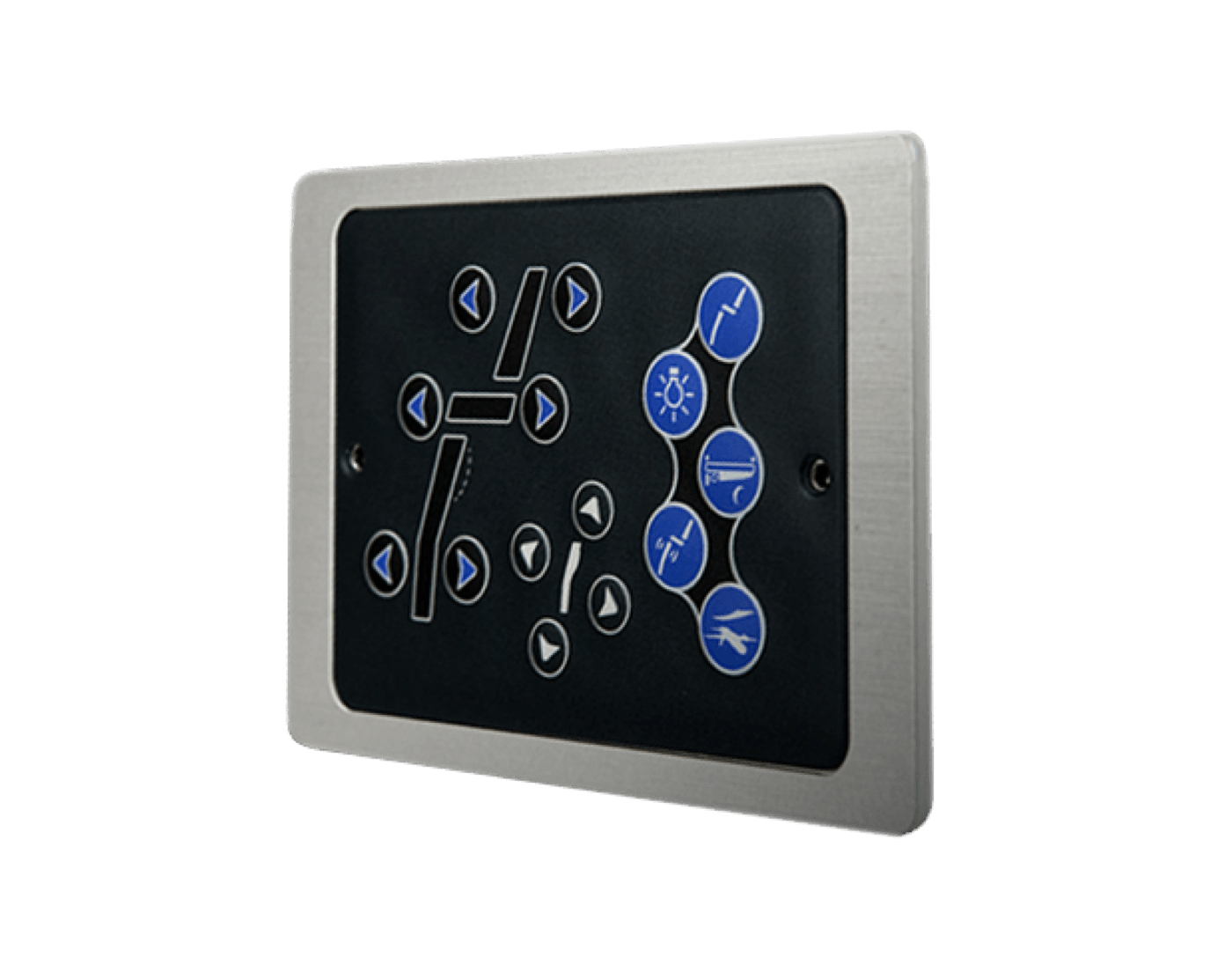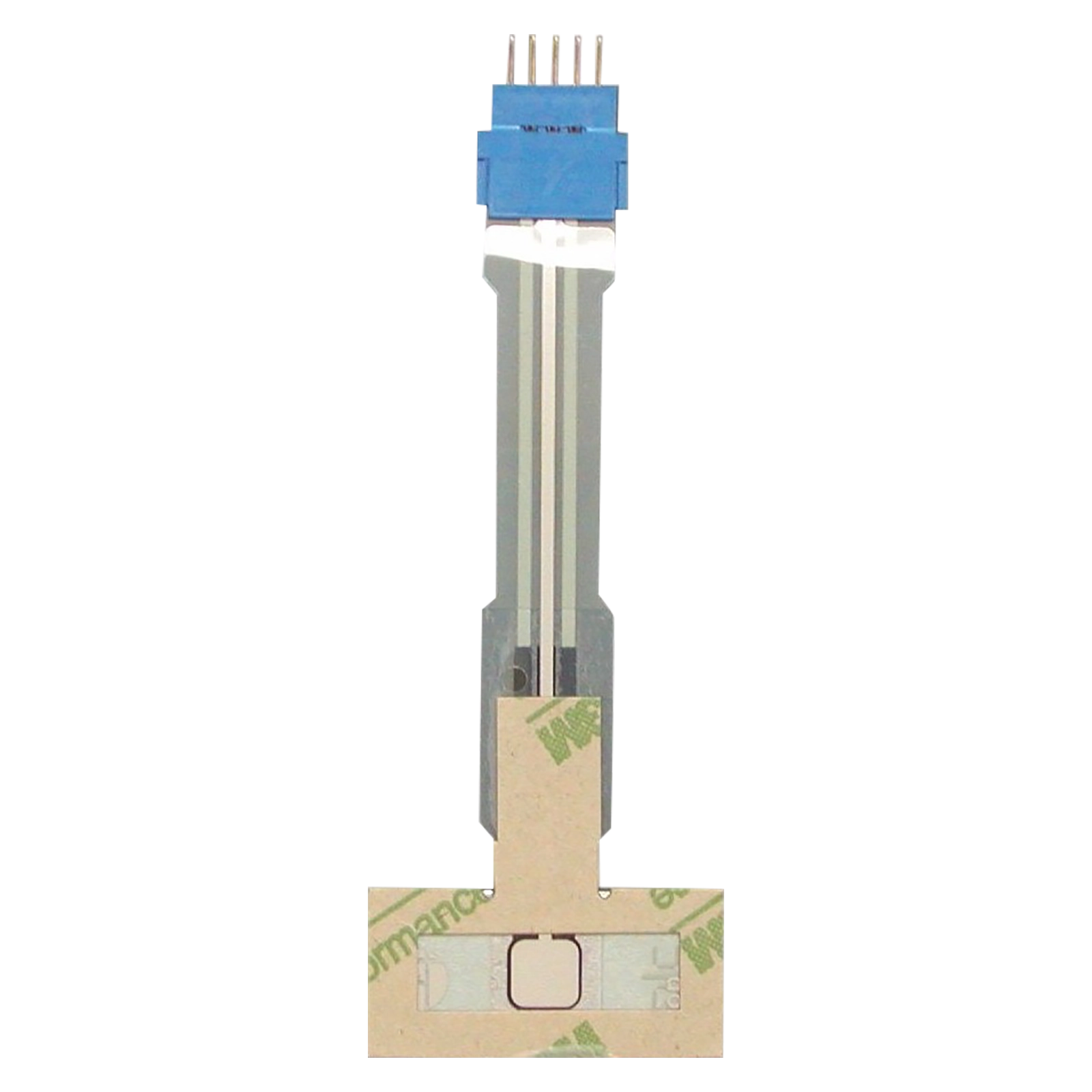Membrane Switches vs. Mechanical Switches: What You Need to Understand
Membrane Switches vs. Mechanical Switches: What You Need to Understand
Blog Article
Membrane Layer Change Modern Technology: The Secret to Reputable and Cost-efficient Interfaces
Membrane button technology has actually arised as a crucial component in the style of customer interfaces, supplying both integrity and cost-effectiveness throughout a varied series of applications. Its durable building makes sure resistance to environmental difficulties, while the versatility in layout permits for customized services that fulfill particular sector needs. As we discover the complex benefits of membrane layer buttons, their potential for advancement questions concerning future applications and advancing trends. What does the following chapter hold for this technology in a progressively digital landscape?
Comprehending Membrane Switch Over Innovation
Membrane switch innovation is an extensively utilized user interface service in different digital devices, supplying a smooth mix of capability and layout. This technology integrates multiple layers of products, typically including a graphic overlay, spacer layer, and a circuit layer. The graphic overlay displays the user interface aspects, while the spacer layer divides the circuit layer from the overlay up until a customer activates a switch.
When stress is related to the overlay, the circuit layer finishes the electrical circuit, sending out a signal to the gadget. This system permits different setups, consisting of tactile comments and backlighting choices, enhancing individual communication. Membrane layer switches are usually made making use of durable materials such as polyester or polycarbonate, making sure durability and resistance to ecological factors like dampness and dust.
The flexibility of membrane switches over enables their application in varied markets, including medical tools, customer electronic devices, and commercial controls. Their compact layout permits assimilation right into space-constrained atmospheres, supplying an efficient interface without jeopardizing visual allure. Understanding the intricacies of membrane layer button innovation is important for producers and designers looking for to develop trusted and efficient human-machine user interfaces.
Key Advantages of Membrane Layer Switches
While numerous user interface solutions exist, membrane layer switches offer distinct advantages that make them a favored option in many applications. Among the primary advantages is their sturdiness; membrane buttons are developed to endure rough ecological conditions, including wetness, dirt, and temperature variations, making certain long-lasting efficiency. This durability significantly minimizes the demand for regular substitutes, thereby decreasing overall maintenance costs.

In addition, membrane layer switches are light-weight and portable, making them appropriate for applications where space is limited. Their low-profile design contributes to a streamlined appearance without jeopardizing capability.
Cost-effectiveness is also a noteworthy advantage, as the manufacturing process for membrane layer switches over often tends to be less costly compared to conventional mechanical switches. This cost, combined with their integrity and convenience of installation, positions membrane layer changes as a useful option for a vast array of markets looking for effective and reliable user interfaces.
Applications Throughout Numerous Industries
Exactly how do membrane buttons adjust to the varied read this needs of different industries? Membrane switch technology is significantly acknowledged for its versatility, making it appropriate for a broad array of applications across several fields.
In consumer electronics, membrane layer buttons supply a small remedy for push-button controls and home appliances, boosting individual experience with instinctive style. In addition, the industrial market leverages membrane buttons for machinery control board, benefiting from their resistance to extreme atmospheres, such as moisture and dust.
Military and aerospace applications additionally utilize membrane layer buttons for their reliability and capacity to withstand extreme problems, making sure operational performance in crucial scenarios. Furthermore, the food and beverage industry takes on these buttons for automated systems, where cleanliness and simplicity of procedure are vital. Eventually, membrane layer buttons are customized to meet the special needs of each sector, verifying their important duty in modern-day technology interfaces
Style and Personalization Alternatives

In the world of membrane layer button modern technology, design and personalization options play a critical role in boosting functionality and customer interaction. These buttons can be customized to meet certain look at more info operational needs and visual preferences, making them functional parts in different applications.
One of the main personalization options is the design of wikipedia reference the switch itself, which can be developed to accommodate special interface and ergonomic considerations. By changing the shape, size, and arrangement of switches, makers can create intuitive designs that facilitate simplicity of use. Additionally, the unification of various shades and visuals overlays enables branding and improved presence, ensuring that users can promptly identify functions.
Moreover, membrane layer buttons can be engineered with numerous tactile feedback devices, such as raised switches or distinct clicks, to enhance the user experience. Various products can likewise be chosen for sturdiness and ecological resistance, resolving aspects such as moisture, temperature changes, and chemical direct exposure.
Inevitably, the comprehensive style and modification options available in membrane switch technology empower businesses to produce customized options that not only fulfill useful requirements however additionally align with their branding and functional needs.

Future Fads in Membrane Switches
As membrane switch technology remains to evolve, future fads are significantly concentrated on enhancing customer experience and integrating sophisticated performances. One substantial trend is the integration of touch-sensitive and capacitive technologies right into typical membrane layer switches. This development permits for even more user-friendly interface, providing tactile responses while preserving a sleek layout.
One more arising trend is the use of ecologically friendly materials, driven by the expanding need for lasting manufacturing practices. Makers are seeking to minimize their carbon footprint by making use of recyclable substratums and low-impact inks, straightening with international sustainability objectives.
Furthermore, the surge of the Internet of Points (IoT) is prompting the consolidation of smart functions right into membrane layer switches. Improved connection alternatives will certainly allow tools to interact with each various other, permitting for smooth combination right into broader systems.
Additionally, developments in printing modern technologies, such as digital printing, are enabling better layout flexibility and modification. This makes it possible for manufacturers to generate detailed layouts and dynamic colors cost-effectively.

Conclusion
In verdict, membrane switch innovation stands for an essential advancement in individual interface design, offering substantial advantages in resilience, personalization, and cost-effectiveness. As improvements continue to arise, specifically in touch-sensitive interfaces and sustainable products, the possibility for membrane layer changes to boost individual experience and performance remains encouraging.
Report this page